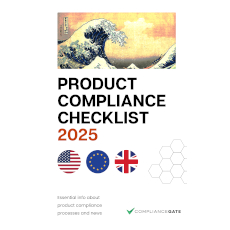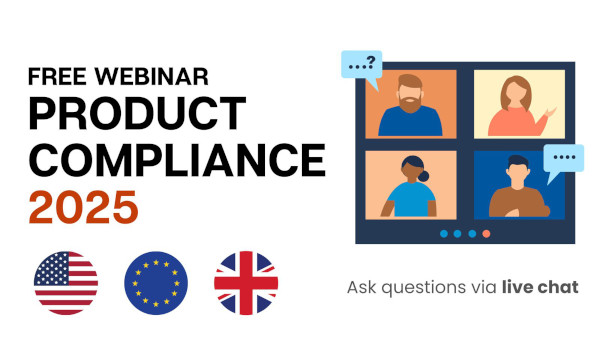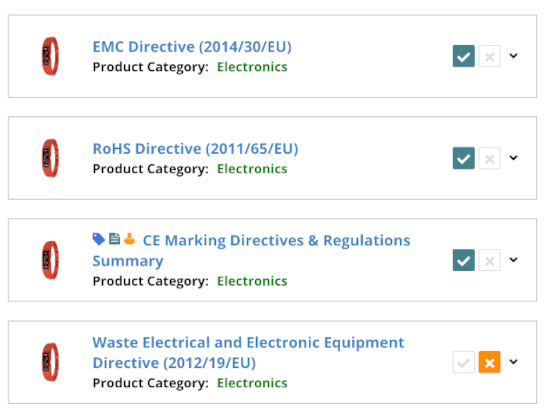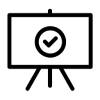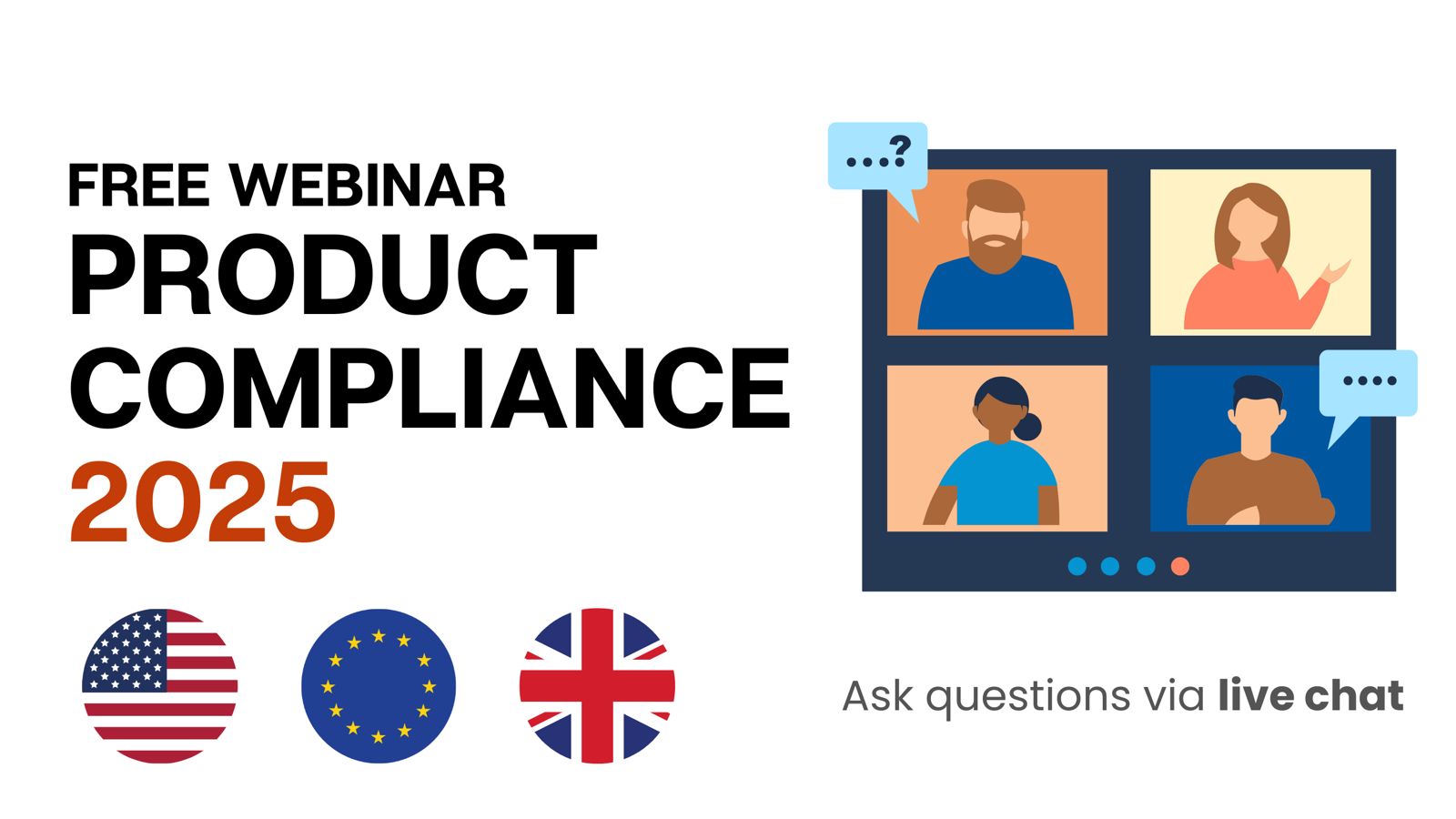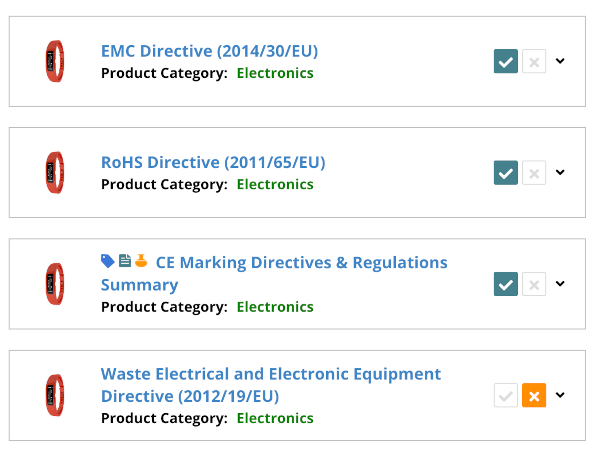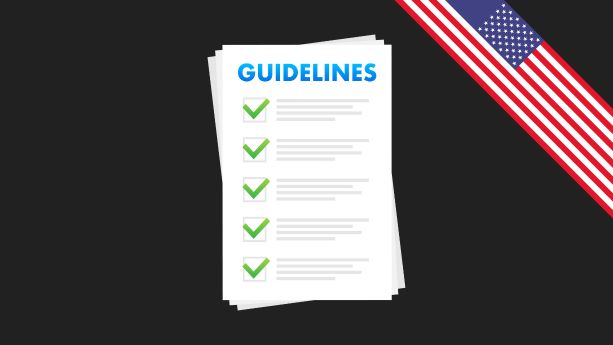
Ensuring that your product complies with ASTM, UL, or other standards is essential when selling products in the United States. In this guide, we explain what importers and manufacturers must know about different types of standards, how to implement them in practice, and much more.
Content Overview

FREE CONSULTATION CALL (US, EU & UK)
- Request a free 30-minute call with Ivan Malloci to learn how we can help you with:
- Find product requirements
- Certification and labeling
- Lab testing
What are product standards?
Product regulations generally provide broad guidelines for ensuring that products are safe. However, product standards provide specific technical guidelines for ensuring that a certain type or category of products reach requirements.
Here are the most common groups of product standards in the United States.
ASTM standards
ASTM standards cover all sorts of products and set requirements for product safety, quality, performance, testing and other factors.
Examples
ASTM F963 – Standard Consumer Safety Specification for Toy Safety
ASTM F2413 – Protective Footwear Standard
UL standards
UL standards are developed by Underwriter Laboratories and cover electronic and electrical products, batteries, flammability, and other areas.
Examples
UL 62368-1 – Audio/Video, Information, and Communication Technology Equipment – Part 1: Safety Requirements
UL 749 – Household Dishwashers
UL 340 – Standard for Tests for Comparative Flammability of Liquids
Standards incorporated by reference
Product standards are, by default, voluntary in the United States. However, regulators can still choose to incorporate a standard into a regulation and thereby make it mandatory. In short, compliance with the regulation can only be achieved by complying with the standard. These are also known as standards that are incorporated by reference.
Here are two examples of standards incorporated by reference:
PART 1250—SAFETY STANDARD MANDATING ASTM F963 FOR TOYS
Each toy must comply with all applicable provisions of ASTM F963-23 Standard Consumer Safety Specification for Toy Safety, approved on August 1, 2023.
PART 1263—SAFETY STANDARD FOR BUTTON CELL OR COIN BATTERIES AND CONSUMER PRODUCTS CONTAINING SUCH BATTERIES
Each consumer product containing button cell or coin batteries shall comply with ANSI/UL 4200A, Standard for Safety for Products Incorporating Button Batteries or Coin Cell Batteries, approved on August 30, 2023.
Voluntary standards
Many, if not most, product standards are not incorporated by reference. This doesn’t necessarily mean that such standards are irrelevant. Unsafe products sold in the US can be recalled, and product standards, including those that, on paper, are voluntary, can help you ensure that your products are fundamentally safe.
Further, many retailers and marketplaces, such as Amazon and TikTok Shop, require that products meet standards that are voluntary.
Ensuring compliance with applicable ASTM, UL and other standards is in your interest as a brand owner, importer, or manufacturer selling products in the United States.
What should I do with a product standard?
Product standards can be seen as blueprints or roadmaps for ensuring that your product is safe. The following information can be included in a product standard:
- Technical drawings
- Substance limits
- Max or min weight/dimensions/other values
- Flammability parameters
- Calculations
- Test methods
The practical implementation may require that your design is adjusted or that you only use certain materials.
How do I know which standards apply to my product?
The first step is to determine which regulations apply to your product, as this can help you assess if you must follow one or more standards incorporated by reference. If you sell products on Amazon or other marketplaces, then you must also find information about the standards that they require compliance with – which can include “voluntary” standards.
Finally, search the ASTM and UL websites to determine if there are other standards that could be of relevance to your product. As mentioned, ensuring that your product is as safe as it can be is a matter of protecting your own business.
How can I find product standards in the US?
How to find standards incorporated by reference
You can find information about standards incorporated by reference by searching the eCFR. Assuming you already know which regulations apply to your product, you only need to look up the relevant title using the eCFR to find information about such standards.
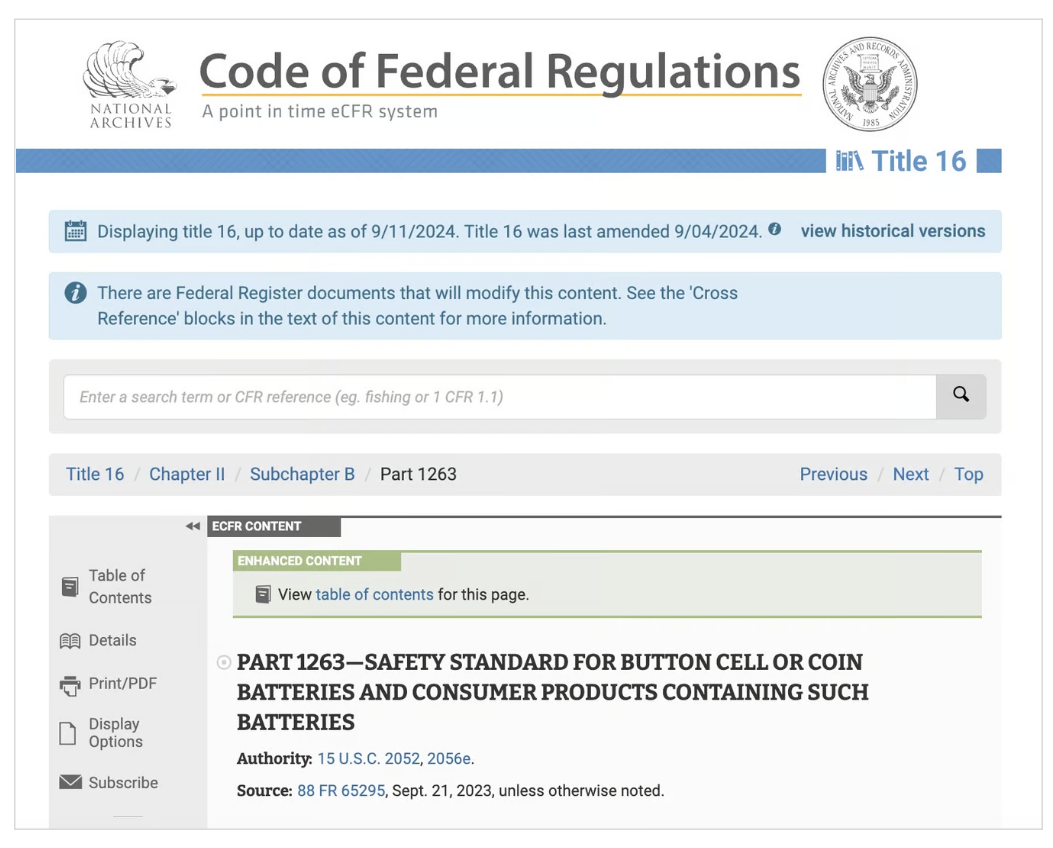
How to find ASTM standards
You can find ASTM standards by searching on www.astm.org. Type in the product name, material, or other term that describes the product. You can also buy standards via the ASTM website.
How to find UL standards
UL standards can be found on www.shopulstandards.com. The best way to find relevant standards is by searching the name of the product, component, material or other relevant terms. You can also buy standards via the website.
How to find free US product standards
Product standards can cost anything from 100 to 300 dollars and sometimes even more. Luckily, many standards can be accessed for free via official channels.
Standards incorporated by reference
Some standards incorporated by reference can also be accessed in read-only mode for free. This means that you do not need to pay for the standard, which normally costs a few hundred dollars. You can normally find the link to the read-only standard inside the eCFR.
ASTM standards
ASTM provides free read-only versions of their standards via their reading room.
UL standards
UL standards, in a read-only format, can also be accessed for free. You can learn more here.
FAQ
What should I do if we cannot find standards for our product?
Product standards don’t exist for every single product or component. In these cases, you can still implement standards for other products to the extent possible. For example, ASTM F963 covers children’s toys but may be applied in part to other products, such as pet toys.
Another option is to look for non-US standards, for example, ISO or EN standards.
Where can we buy US product standards?
You can buy US product standards via the ASTM, UL, and ANSI websites.
How much do US product standards cost?
Product standards normally cost between 100 and 300 US dollars. This is if you need to access a hard copy or PDF version.
Are European standards recognised in the United States?
No, European standards are generally not recognised in the United States. If you sell products in the United States, then you should primarily follow ASTM, UL, and other recognised standards.
Are British standards recognised in the United States?
No, British standards are generally not recognised in the United States.
Can products compliant with US standards be sold in the EU or UK?
No, ASTM and UL standards are not recognised in the EU and UK. You will need to follow European standards to sell your product in the EU or UK. This is the case even if compliance with US standards means that your product is technically safe.


